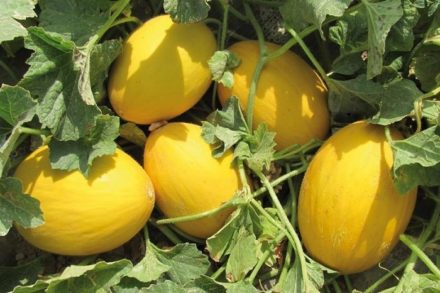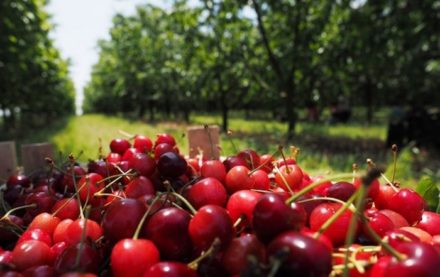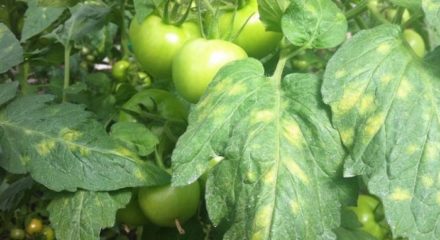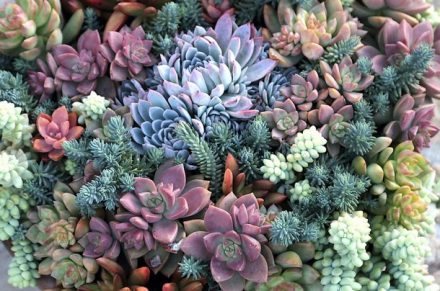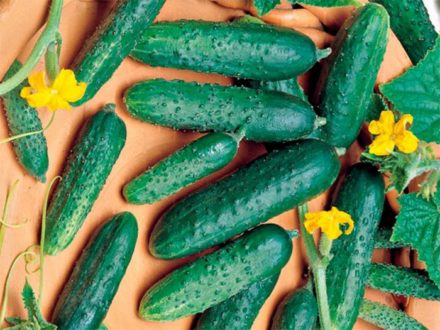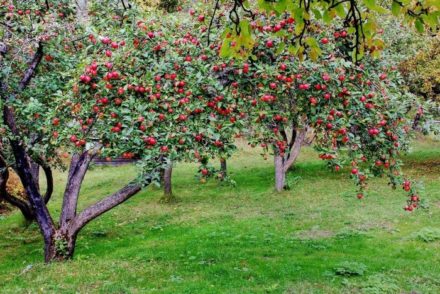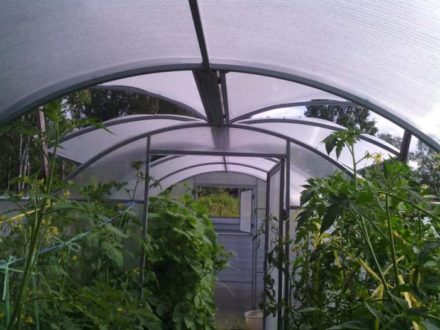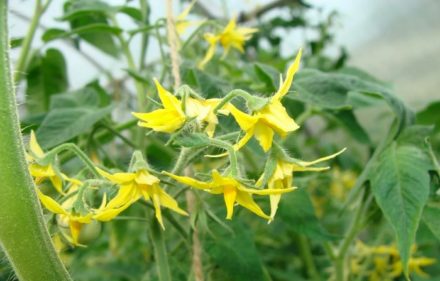Juicy melons ripen well only in the southern regions. To grow them in the middle zone and in the northern climate zones, you will need a greenhouse. A suitable microclimate will contribute to the formation of a good harvest. Those who have already grown melons in this way give beginners several useful tips.
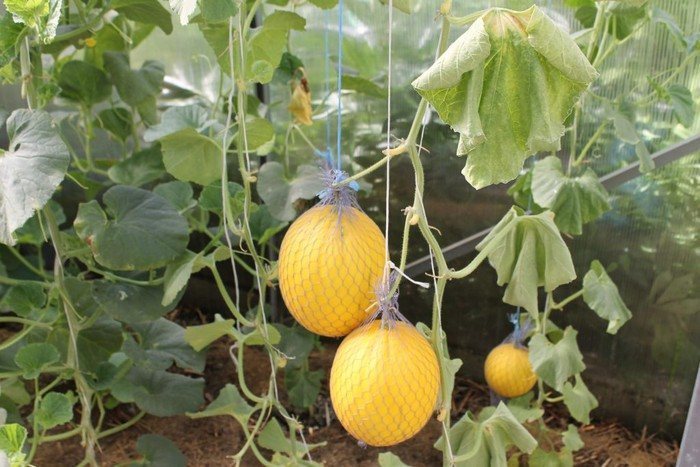
Good lighting
Melon will please with a harvest only if it has enough light during cultivation. It is important to correctly arrange the bushes inside the greenhouse so that they do not shade each other. Usually, the vines are tied to vertical trellises, and the ripening fruits are hung in nets. The plants should be located no further than half a meter from the walls of the greenhouse.
Affects the lighting and compliance with the planting scheme. The holes are dug at a distance of 50 cm from each other. The width between the rows should be at least 70 cm. In the northern regions, it is better to install additional lighting. The optimal solution would be to choose phytolamps that provide the plants with rays of the appropriate spectrum.
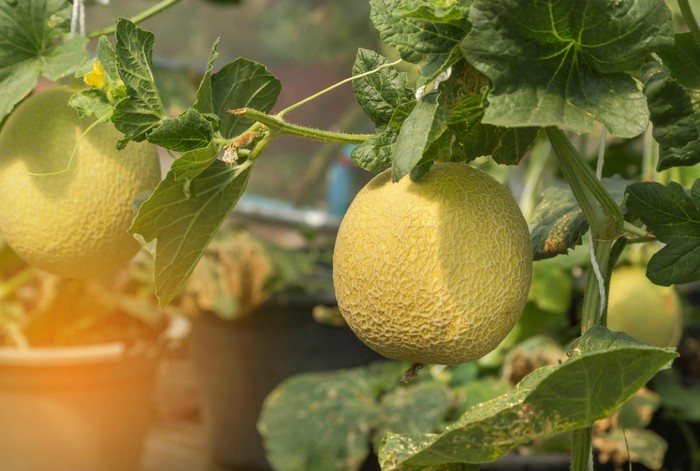
Suitable temperature conditions
After planting the seedlings in the greenhouse, which usually occurs in May, you need to monitor the temperature inside the building. For melon, +15 ° C is a critical minimum. If the temperature drops below this level, the plants experience stress and stop growing.
In the northern regions, nights even at the end of May can be quite cold.This point should be taken into account and the greenhouse should be additionally heated if necessary. The easiest way is to place buckets of hot water next to the beds. Hot bricks are used for the same purpose. Melon fruits set well and develop at temperatures from +20 °C to +33 °C, so it is advisable to maintain an average daily temperature of +27 °C throughout the growing season.
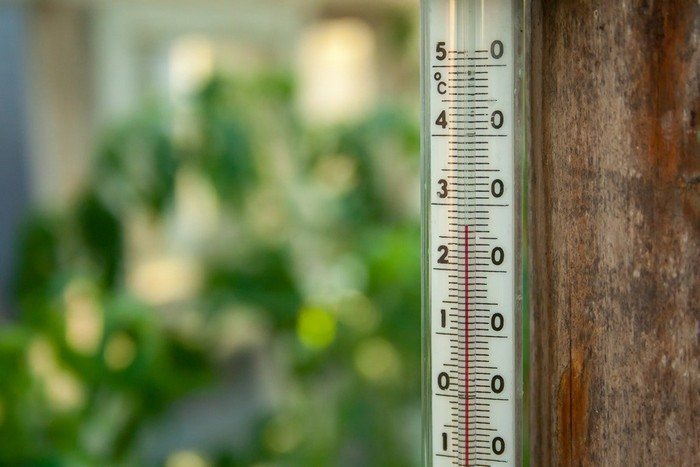
Features of watering
In the initial stages of growth, melons are watered less often - once a week. When ovaries appear on the plants, watering is carried out more often. After the pumpkins become the size of a large apple, the crop begins to be watered less frequently again. A month before harvest, irrigation is stopped completely, giving the fruits the opportunity to fill up and accumulate sugar.
Melon is a drought-resistant crop; it does not need waterlogging. Excess moisture in the soil and air can cause rot. You should be guided by the appearance of the plants. If the leaves droop, the melon does not have enough water, which means it needs to be watered more often.
Watering is carried out at the root; moisture should not get on the leaves and the root collar area. Be sure to take warm water. Three times a season, a fertilizer solution is used instead of water. After the first 2 leaves appear, plants need nitrogen; phosphorus and potassium are added before flowering. When the ovaries are the size of a walnut, the melons are fed with complex fertilizer for melons.

Bush formation
A melon will not be able to grow full-fledged fruits if the bush is not formed. In the greenhouse, it is necessary to limit both the growth of green mass and the number of pumpkins.No more than 5–6 melons can ripen on one plant, if we are talking about small-fruited varieties. No more than 3 ovaries are left on giants.
It is better to form the plant into 1 stem, leaving the most powerful side shoot to grow after pinching the crown. This procedure is carried out when 5-6 leaves appear on the bush. The stem is tied to a support when it reaches a length of 35–40 cm. The highest quality fruits ripen on shoots of the 3rd order.
On each such side vine, 1 ovary is left and the crown is pinched after 3 leaves have formed above the fruit. The central shoot is detopped when it reaches the top of the greenhouse. All shoots and excess leaves need to be removed in a timely manner. This will allow the plant to expend energy only on the development of pumpkins.
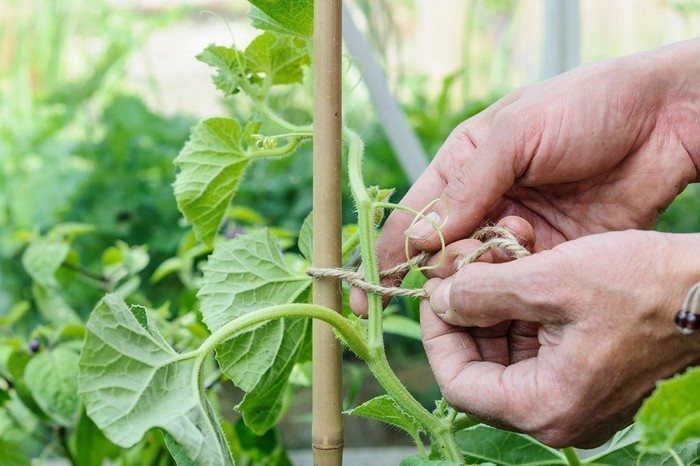
Disease and pest control
A melon can get sick for various reasons. In a greenhouse, this crop is most often affected by fusarium, especially if you grow melons after tomatoes and peppers. Due to insufficient light, powdery mildew may develop. Another dangerous disease that occurs on melons in a greenhouse is anthracnose (verdigris). This scourge overcomes plants most often due to excess moisture.
All these diseases are caused by fungi. If the plants are already sick, they are treated with fungicides. Preventive measures include monitoring watering, timely weeding and loosening. Among the pests that plague the crop are thrips, melon aphids, and spider mites. They fight them by spraying the plantings with solutions of “Fitoverma”, “Aktellika”, “BI-58” (acaricidal agent against ticks). Use chemicals no later than 3-4 weeks before harvesting the fruits.
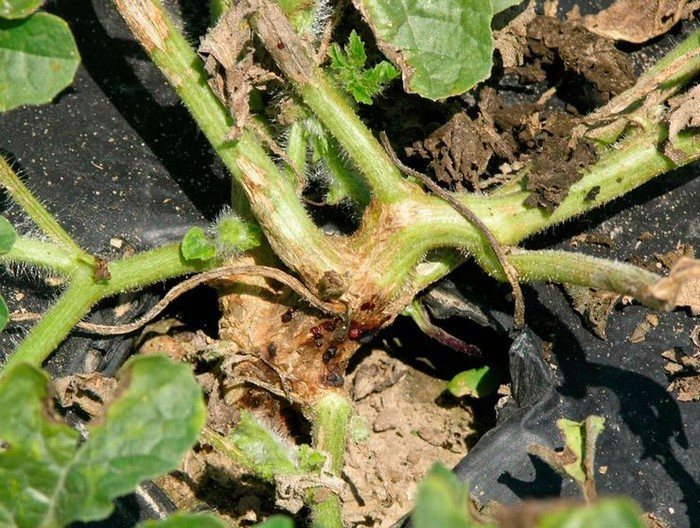
By creating the necessary conditions for the melons and caring for them, you can count on full yield from the harvest. If bees do not fly into the greenhouse, artificial pollination will be required. To reduce moisture evaporation and prevent the growth of weeds, plantings can be mulched with mowed grass, peat, and rotted sawdust.


